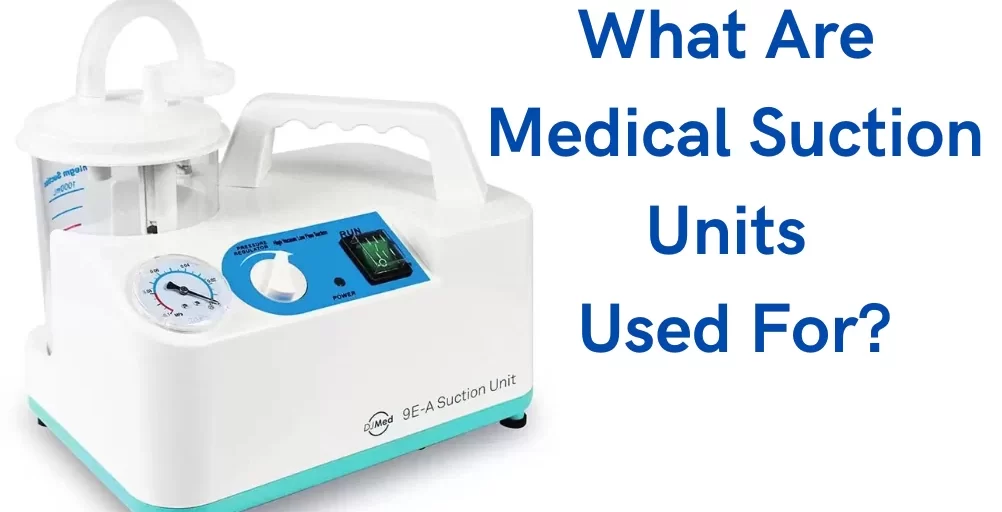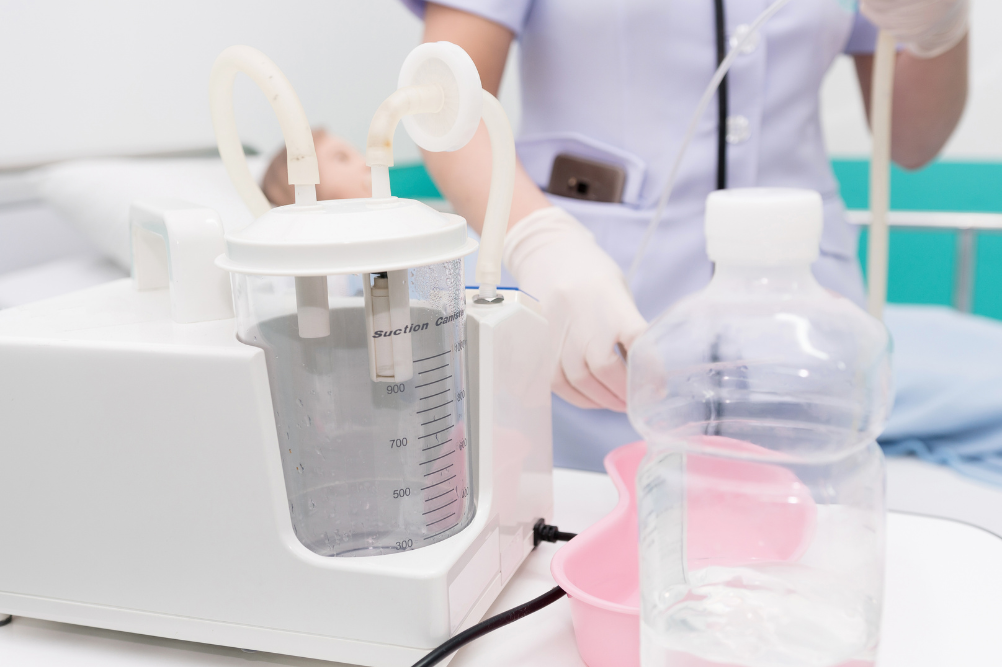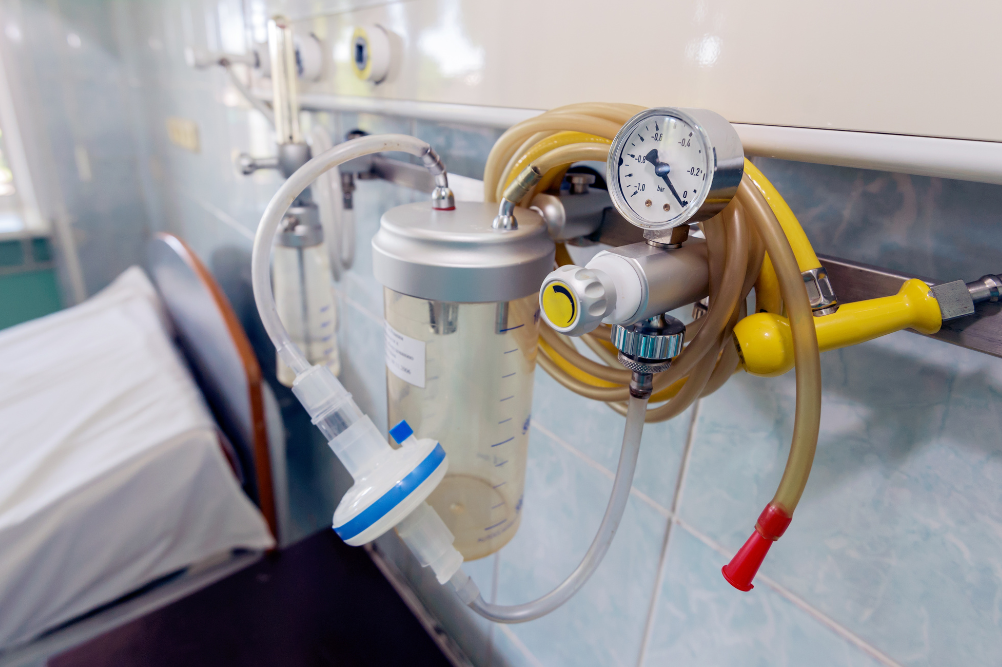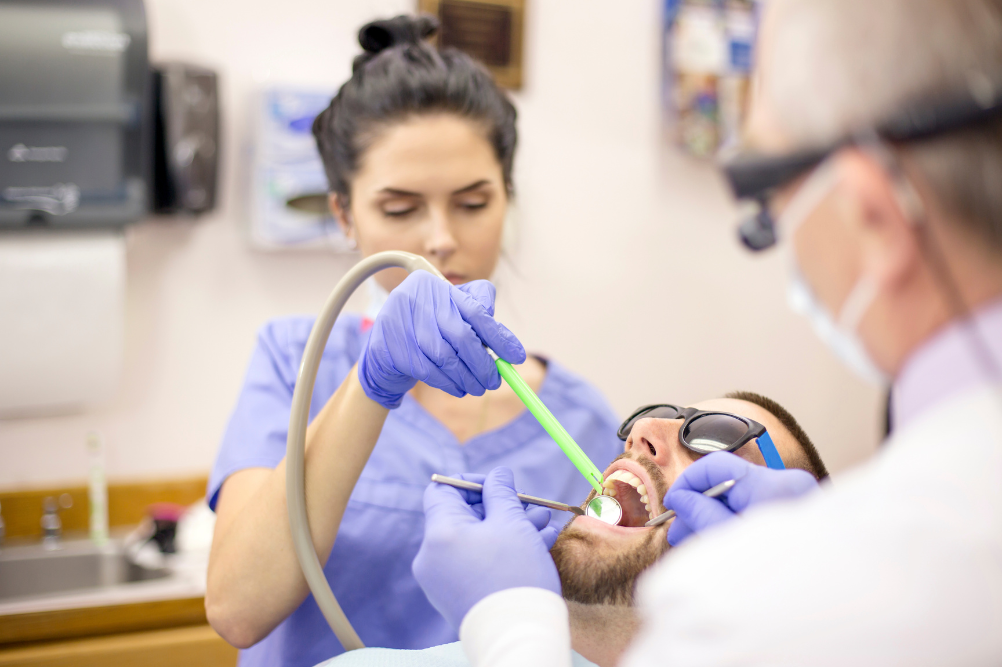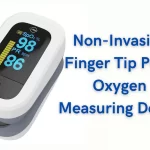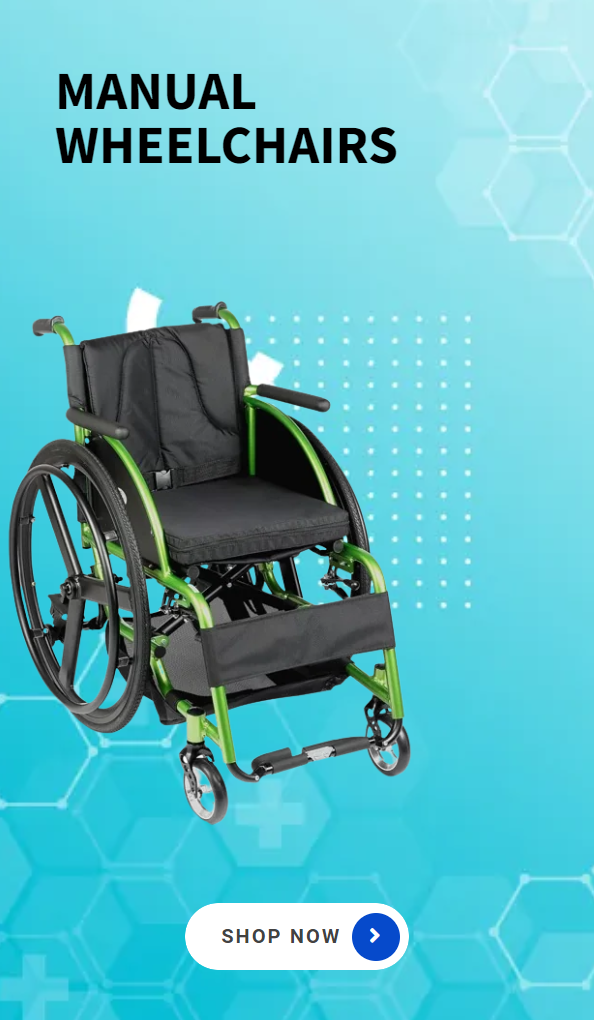Medical suction units play a crucial role in healthcare by removing unwanted fluids, secretions, and debris from the body. They are used in a variety of medical procedures, from airway management to wound care. This article will provide an overview of medical suction units, including their uses, benefits, and applications.
What Are Medical Suction Units?
Medical suction units are devices that create a vacuum to remove fluid and other debris from a patient’s body. They typically consist of a motor, a pump, and a collection container. The suction device may be operated by foot or hand controls or by a suction machine, which provides a continuous flow of suction. Medical suction units come in various sizes, from small handheld devices to larger, stationary units used in hospital settings.
What Are the Uses of Medical Suction Units?
Medical suction units are used in a wide range of medical procedures and settings. Here are some of the most common applications:
- Airway Management: Medical suction units are used in airway management to remove secretions, blood, and other fluids from the airway. This procedure is often necessary for patients who have difficulty breathing or are unable to clear their airways on their own. Medical suction is also used during tracheostomy procedures, where a tube is inserted into the trachea to bypass an obstruction in the upper airway.
- Wound Care: Medical suction units are used in wound care to remove fluid, blood, and other debris from the wound. This helps to promote healing and prevent infection. Wound suction may be used after surgery or in cases where there is excess fluid buildup in the wound.
- Gastrointestinal Procedures: Medical suction units are used in gastrointestinal procedures to remove fluids and debris from the stomach and intestines. This procedure is often necessary for patients who have ingested toxic substances or who have an obstruction in the gastrointestinal tract.
- Dental Procedures: Medical suction units are used in dental procedures to remove saliva, blood, and other fluids from the oral cavity. This helps to keep the area clean and dry, allowing the dentist to work more efficiently.
- Labour and Delivery: Medical suction units are used during labour and delivery to clear the airway of newborns who are having difficulty breathing or are born with meconium-stained amniotic fluid. The suction device is used to remove fluid from the baby’s nose and mouth, allowing them to breathe more easily.
What Are the Benefits of Medical Suction Units?
Medical suction units provide numerous benefits for both patients and healthcare providers, including:
- Improved Patient Outcomes: Medical suction units can improve patient outcomes by preventing complications such as infections, respiratory distress, and other conditions that can arise from the accumulation of fluid and debris in the body.
- Increased Efficiency: Medical suction units allow healthcare providers to work more efficiently by quickly and effectively removing unwanted fluids and debris from the body. This can save time and reduce the risk of complications during medical procedures.
- Portability: Portable medical suction units can be easily transported to different locations, making them an ideal tool for emergency medical services (EMS) and other settings where patients need to be treated quickly.
- Versatility: Medical suction units are versatile tools that can be used in a wide range of medical procedures and settings, making them an essential tool for healthcare providers.
What are the Different Types of Suction Machines
There are several types of suction machines, each with its own unique features and intended uses. The following are some of the most common types of suction machines:
- Portable suction machines: These machines are designed to be lightweight and compact, making them easy to transport from one location to another. They are typically battery-powered and can be used in ambulances or other mobile healthcare settings.
- Wall-mounted suction machines: These machines are permanently mounted to a wall in a healthcare facility and are typically used in operating rooms or other stationary locations. They are designed to provide consistent and reliable suction power.
- Manual suction machines: These machines are operated by hand and do not require any external power source. They are often used in emergency situations where power is not available or as a backup to electronic suction machines.
- Electrical suction machines: These machines are powered by electricity and provide reliable and consistent suction power. They are commonly used in hospitals, clinics, and other healthcare facilities.
- High-vacuum suction machines: These machines are designed to provide high levels of suction power, which makes them ideal for use in surgical settings or when dealing with large amounts of bodily fluids.
- Low-vacuum suction machines: These machines are designed to provide lower levels of suction power and are often used in home healthcare settings or in situations where the patient’s condition is less severe.
- Continuous suction machines: These machines are designed to provide continuous suction over a longer period of time, which is often required in cases where the patient is unable to clear their airway on their own.
The Power of Suction: A Historical Look at Medical Suction Devices
The history of medical suction units can be traced back to ancient times when physicians used their mouths to manually suction bodily fluids from patients. The development of medical suction devices began in the early 19th century, and since then, these devices have undergone numerous improvements and innovations. In this article, we will take a closer look at the history of medical suction units.
Early Developments
The first documented use of suction in medicine dates back to ancient Egyptian times, where physicians used their mouths to suck venom from snake bites and extract fluids from the body. The use of suction continued throughout the centuries, with physicians using mouth suction to remove mucus from the airways of infants and to clear the airways of drowning victims.
In the early 19th century, mechanical suction devices began to emerge. The first of these devices was the hand-operated syringe, which used a piston to create suction. The syringe was commonly used in dental procedures and to remove fluid from the ears. However, these early devices were often inefficient and difficult to use, requiring significant manual effort to create suction.
In the mid-19th century, the advent of electricity allowed for the development of more powerful suction devices. The first electrically-powered suction device was invented by Scottish physician John Duncan in 1846. The device used a hand-cranked motor to create suction, and it was used primarily in surgical procedures.
Further Innovations
In the early 20th century, suction devices continued to evolve. In 1913, the Yankauer suction device was invented by American otolaryngologist Sidney Yankauer. The device consisted of a rigid tube with a curved tip and a bulbous end. It was used primarily in oral and nasal suctioning, and it remains in use today.
In the 1940s, portable suction devices were developed, allowing for their use in field hospitals and other remote settings. These devices were often powered by hand pumps or foot pedals and were essential tools for emergency medical services.
In the 1960s, the invention of the electrically-powered aspirator marked a significant advancement in medical suction technology. The aspirator used a vacuum pump to create suction, and it was widely used in dental procedures and wound care.
Modern Medical Suction Units
Today, medical suction units are essential tools in healthcare. They are used in a wide range of medical procedures, from airway management to wound care. Modern suction devices come in various sizes and types, from handheld portable units to large stationary devices used in hospital settings. They are typically powered by electricity and can create suction quickly and efficiently.
In recent years, there have been significant advances in medical suction technology. For example, some suction devices now feature battery-powered motors, allowing for increased portability and ease of use. Other devices feature advanced filtration systems, which help to prevent contamination and improve patient safety.
The history of medical suction units is a fascinating one, marked by numerous advancements and innovations. From the hand-operated syringe to the modern electric suction device, these tools have come a long way in the past two centuries. Today, medical suction units are essential tools in healthcare, allowing healthcare providers to quickly and efficiently remove unwanted fluids and debris from the body. As medical technology continues to advance, we can expect to see further improvements in medical suction devices, ensuring that they remain a crucial tool in healthcare for years to come.
Conclusion
Medical suction units are a vital tool in modern healthcare, used for a wide range of medical procedures, from airway management to wound care. These devices provide numerous benefits, including improved patient outcomes, increased efficiency, portability, and versatility. As medical technology continues to advance, medical suction units will undoubtedly remain an essential tool in healthcare.
Sources:
- “The evolution of suction devices in medicine.” Anesthesia & Analgesia, Volume 84, Issue 4, 1997, Pages 910-911. doi: 10.1097/00000539-199704000-00051.
- “Suctioning Techniques: The History and Evolution of Suctioning.” Journal of Infusion Nursing, Volume 33
- “Medical Suction Devices Market Size, Share & Trends Analysis Report By Type (Portable, Centralized), By Application (Surgical, Airway), By End
-
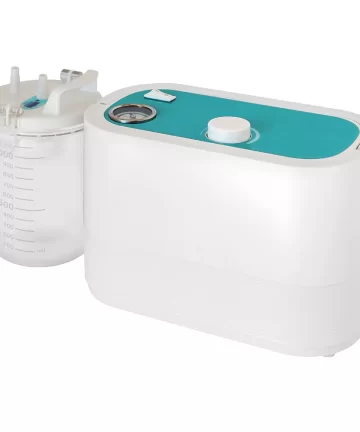 Ultra Quiet Suction Unit$999.00 incl. gst
Ultra Quiet Suction Unit$999.00 incl. gst -
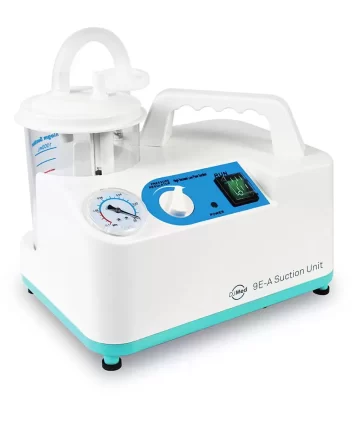 DJMed 9E-A Medical Suction Unit to remove phlegm and mucus fluids$399.00 incl. gst
DJMed 9E-A Medical Suction Unit to remove phlegm and mucus fluids$399.00 incl. gst




